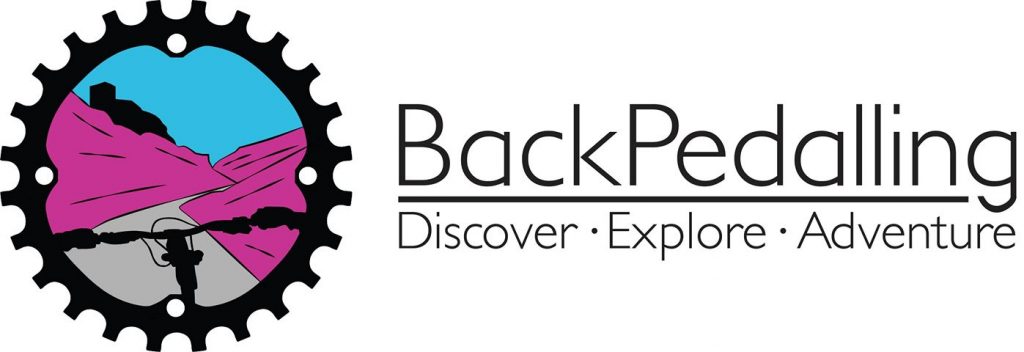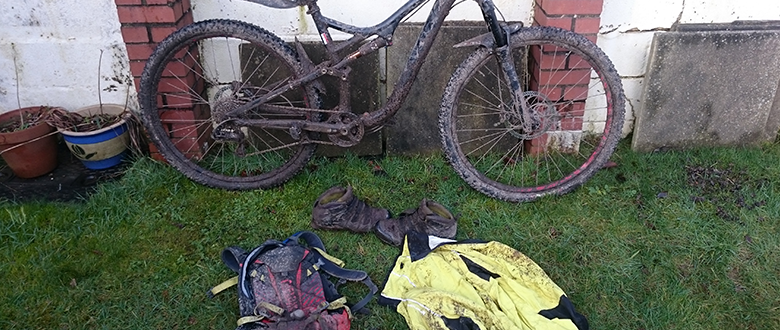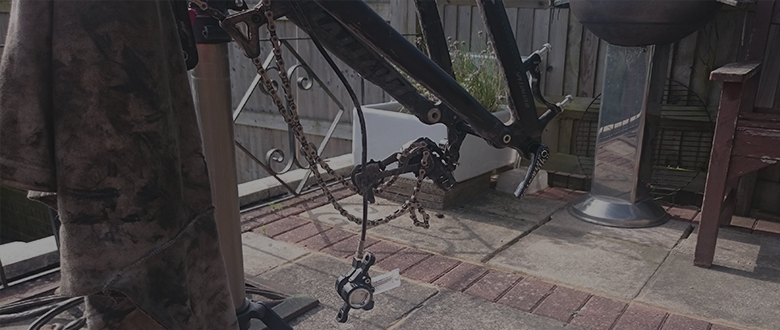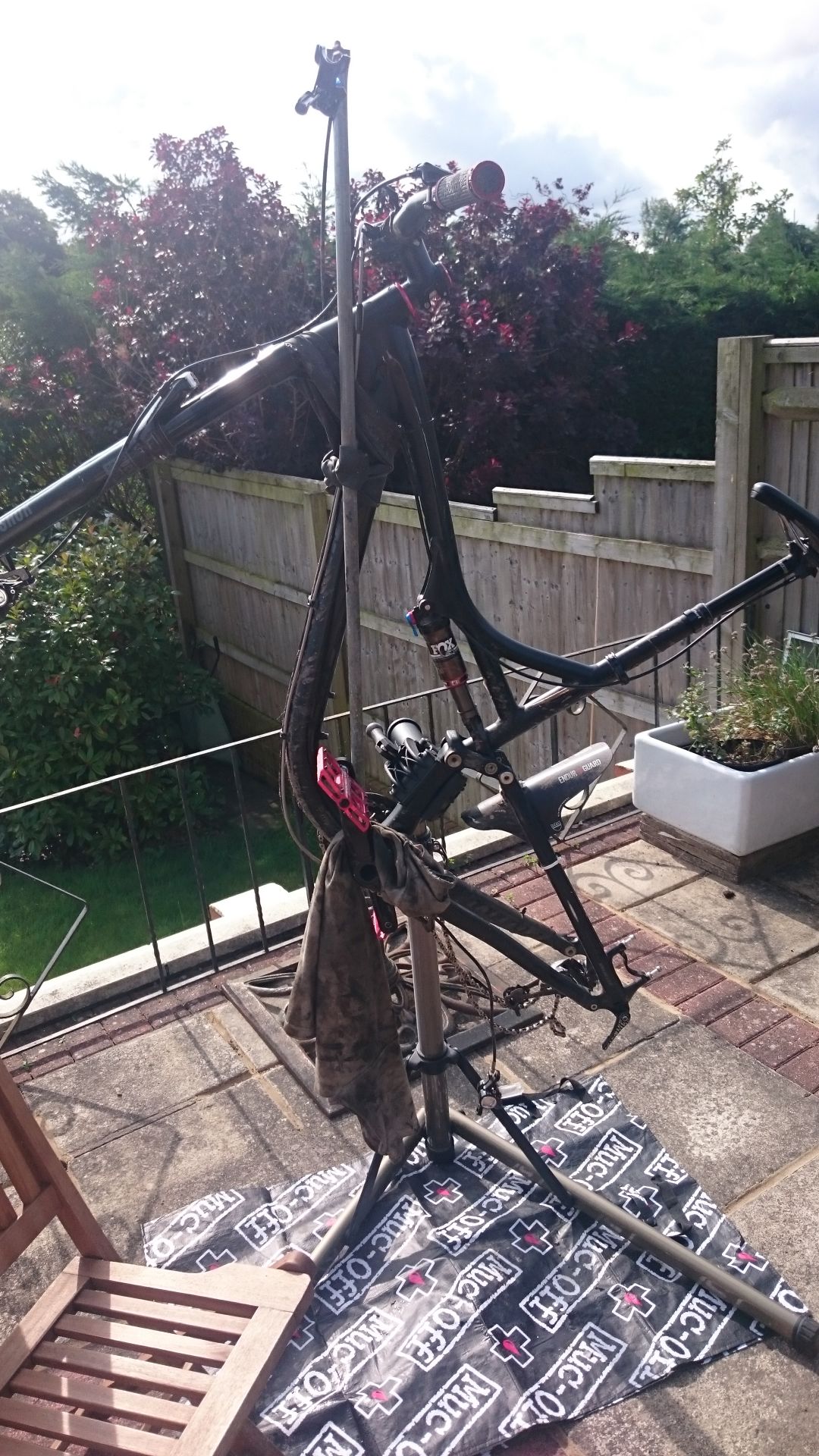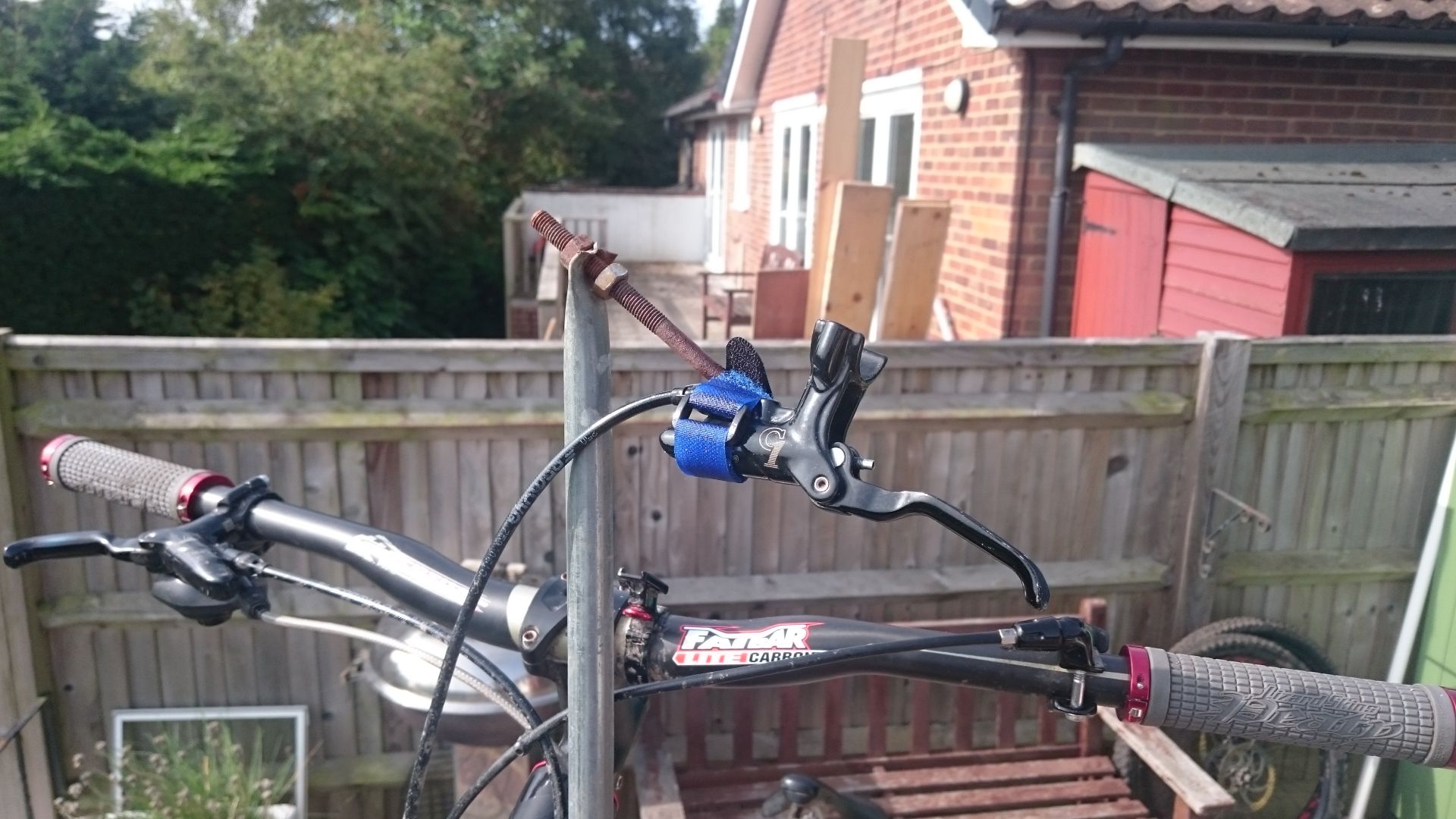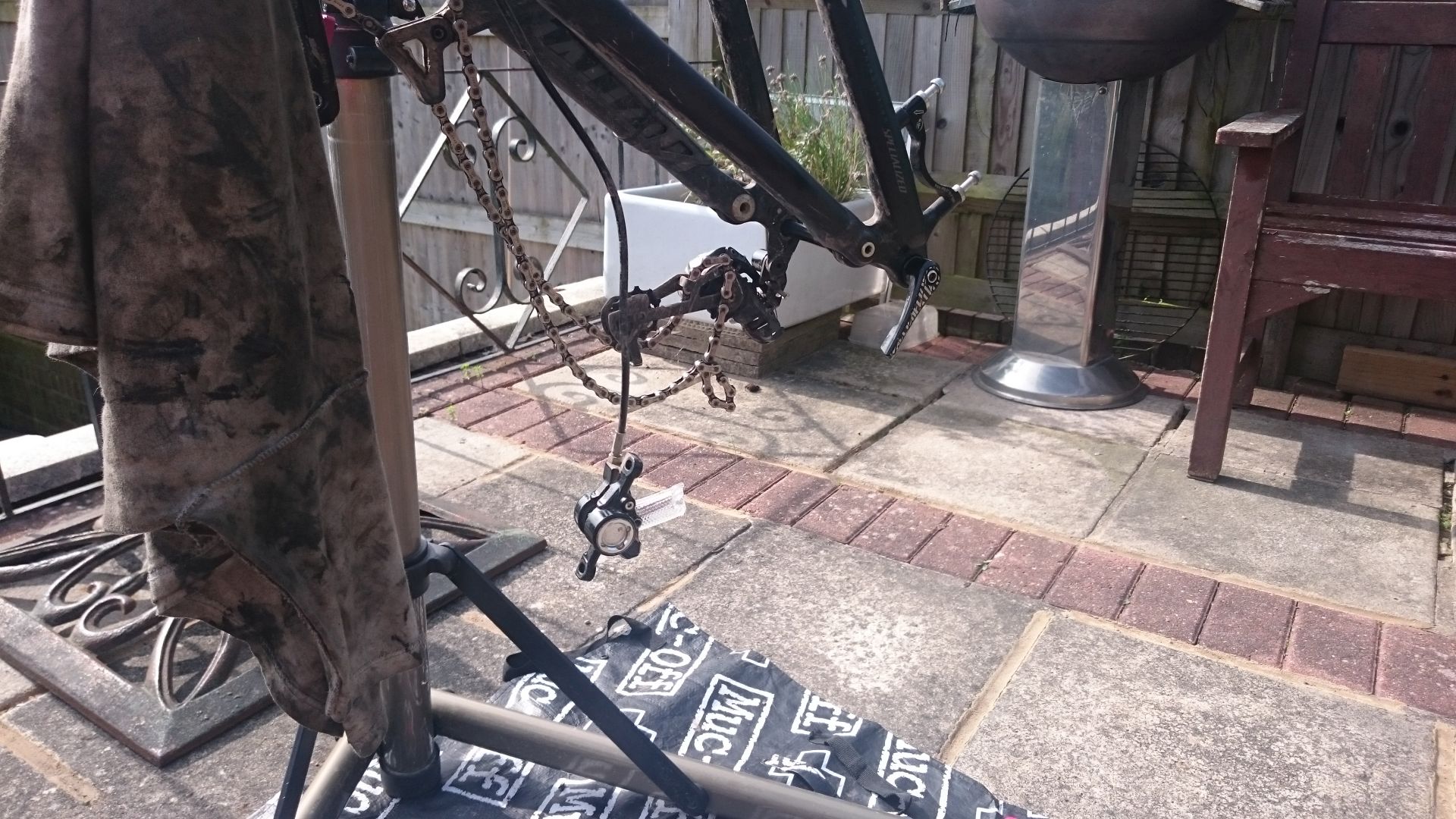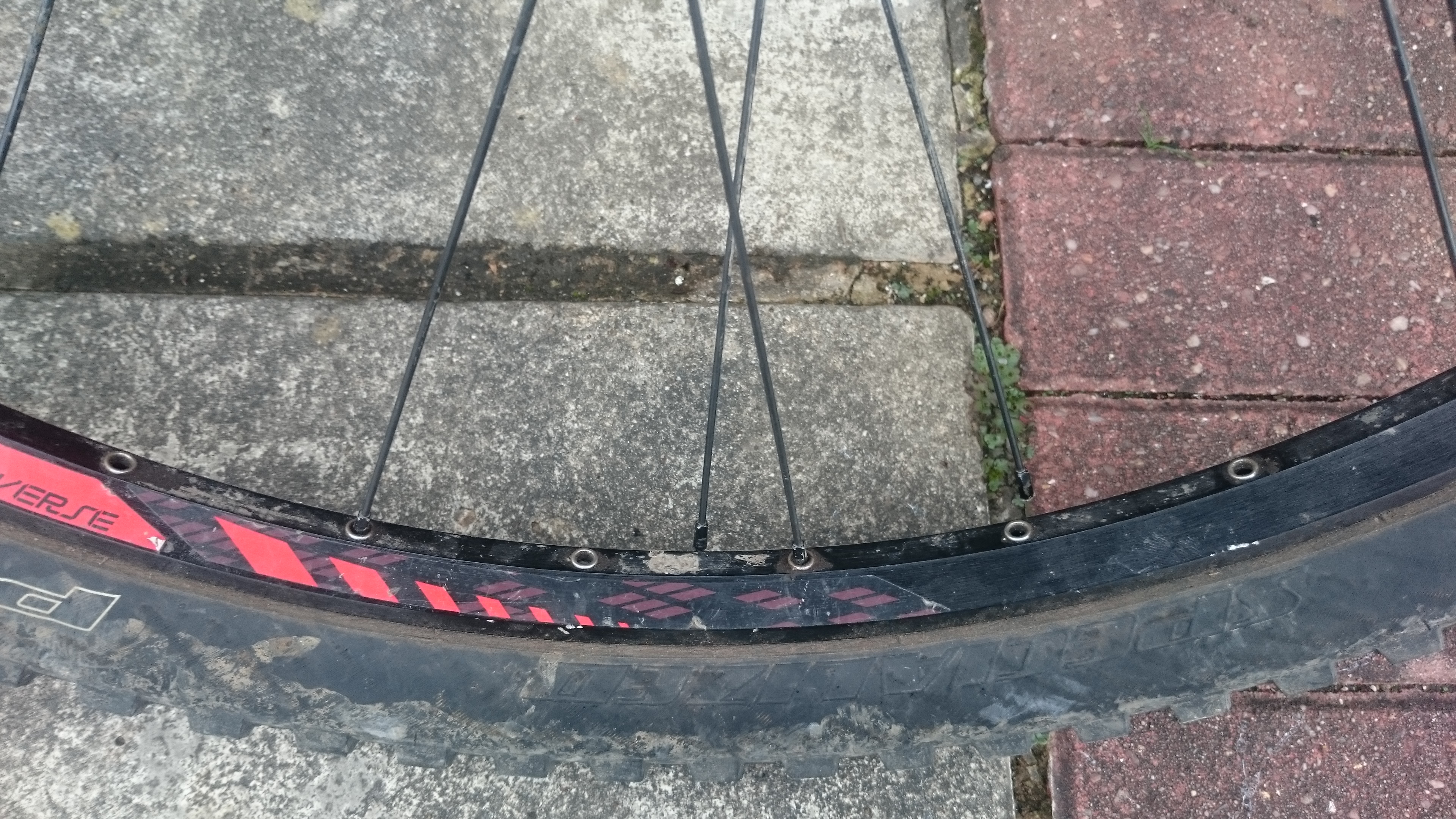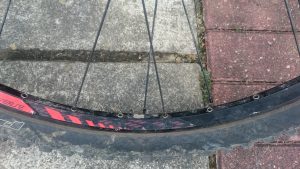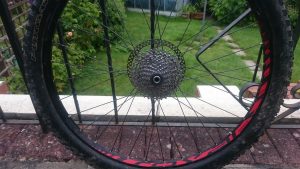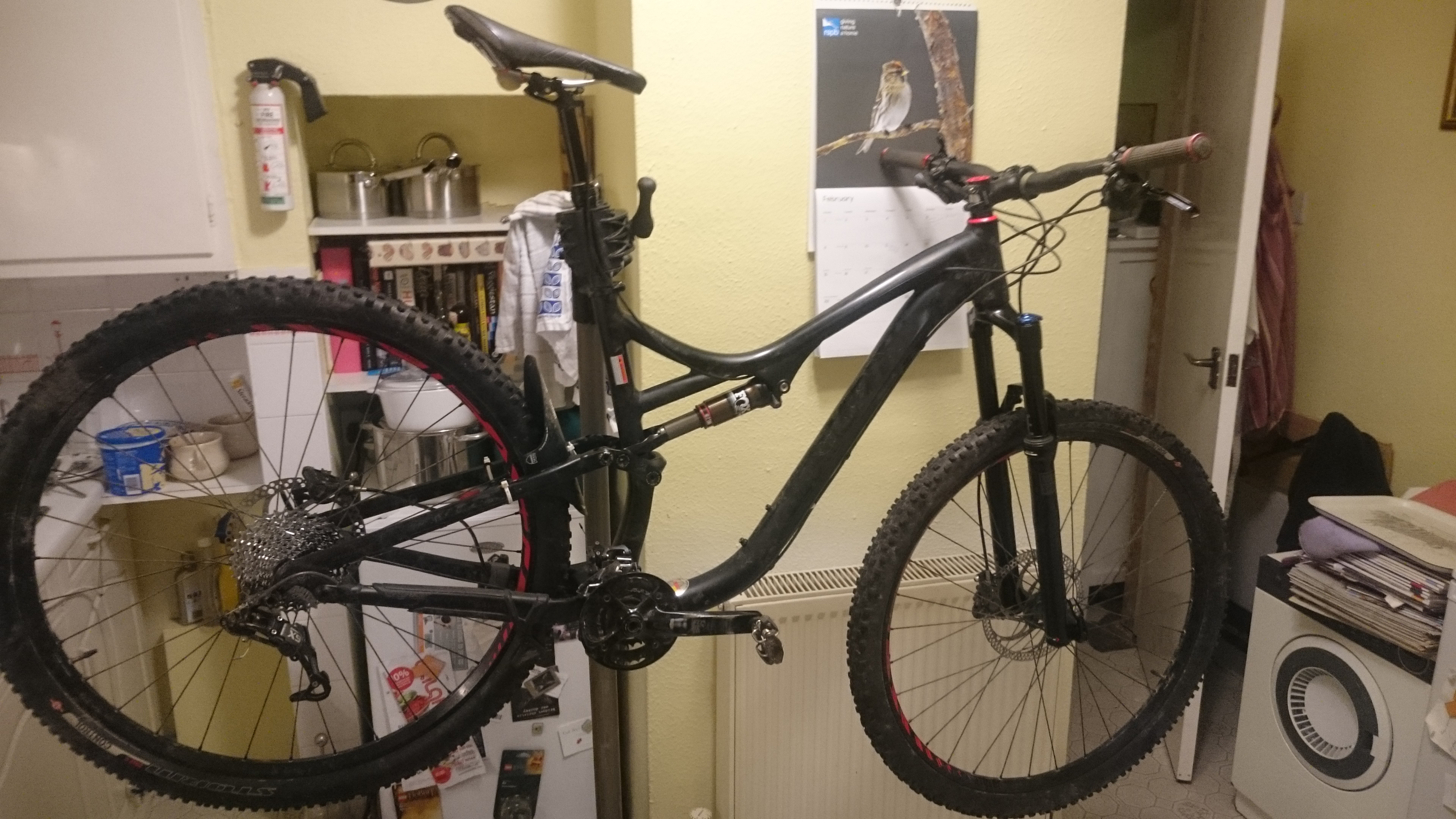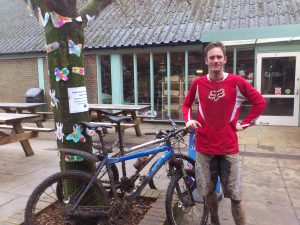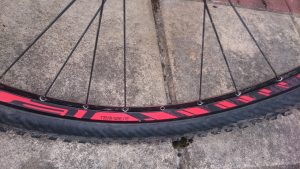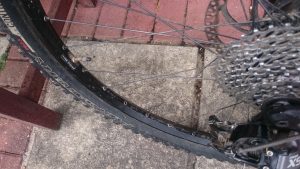Winter can be a difficult season for the mountain biker: it seems like the climate and the earth itself are conspiring against you. And yet, there is much fun to be had.
The dreaded winter Venn diagram
There is a legendary Venn diagram which shows the amount of time spent thinking about riding vs the amount of time spent actually riding (the point being that most bikers, of all stripes, spend far more time thinking about riding than actually riding). There is another, less well known, diagram for winter mountain biking. It shows time spent doing “bike stuff” and how little of that time is spent actually riding. There is a feeling, at this time of year, that I spend far more time cleaning my bike after a ride than I actually do riding. I spend almost as long oiling, freeing and generally fettling the bike to keep it in working order as I do with my feet on the pedals.
When I do get out and ride, trails that I love in summer verge on un-rideable. There is a particular kind of mud that inhabits the chalkland of Hampshire and Sussex. Friends from “up north” always laugh at our poor excuse for winter (of which more in a moment) and our insistence on winter tyres. At least one of them has come thoroughly unstuck, literally, when they’ve experienced it first-hand. It is a strange thing that has the ability to hold a wheel fast that is trying to move forward, and yet provide less sideways grip than a soapy eel. Thus, you spend a huge amount of effort trying to move forward and an equal amount trying not to move sideways.
It can be a dispiriting experience. It can make one question why it is that you do this stupid thing. Every week. Throughout winter.
In the bleak mid winter
And then you get to the actual weather. That poor excuse for a winter.
Here’s your choice: you can wrap up warm to stop your hands and feet getting cold, ensuring that you boil in the bag as you exercise. Alternatively, you can account for the warming up and put up with the fact you cannot feel your breaks for the first hour of the ride.
See, it’s cold enough that you need to account for it but not so cold that going out like the Michelin man is viable. The last few minutes before leaving the house are an existential crisis of wardrobe decisions. There’s a reason I own an array of gloves; shoes; different thickness shorts and tights; base layers and jerseys.
And then you need to remember to make sure that your lights are charged because, the chances are, you’re going to be riding in the dark.
So why do I bother in winter?
I’ve spoken before about the wonders of riding in the dark. I love that it changes how things look, how fast I think I’m going and what things I might encounter along the way. Only last week we met a badger on our normal evening ride on a trail we ride most weeks. That just doesn’t happen during the daytime. And as for the magic of rising along to the sound of owls hooting, it doesn’t get much better than that. I could wax lyrical but I already have.
I also have a confession: I actually enjoy all the sliding about of winter riding. It feels silly, a bit slapstick, a little “It’s a Knockout”. I know I’m not going to be challenging for personal bests on any part of the ride so I enjoy the journey. How fast can I take the corner without sliding out? Let’s find out. There are fewer more rawly kinaesthetic joys than the feeling of tyres sliding in the mud and then finding something to grip on just before you lose them. This is enhanced by the fact that, should the worst happen, you’re going slowly and the ground is soft. I have been known to lie on the floor in fits of hysterics after sliding out. Try it, it’s fun.
It’s certainly a lot more fun that being out on wet tarmac. That’s commuting, not enjoyment.
There’s also a perverse and contrary streak in me that takes people’s opinion that it’s too awful to ride as a challenge.
It’s not a race. Except when it is
Riding is an aerobic activity. Being fit means I can go faster. I may have been vocal about how much I hate exercise, but I’m equally keen that I’m not going to get dropped by all my mates when the weather gets better.
So, I make sure I get out in the winter which means I’m fit enough when the sun comes out. No one admits to winter training, but we all do it. I’m not going to be left behind.
And then there’s the secret winter weapon
I do have a secret weapon that I use to make winter riding better. A decade or more of riding locally has given me an encyclopaedic knowledge of the trails. It has also given me a good nose for the ones that fare better in the winter. I know which ones are like riding through a mangrove swamp, which ones are like riding across an ice rink, which ones are likely to have fallen trees on them and which are exposed to winter winds. Crucially, also know which ones are oddly dry and grippy, which ones seem not to get churned up and which ones are hard-packed enough to shrug off the worst of the weather.
While no ride can be completely mud-free, I can stitch together routes that have the minimum of unpleasantness. That’s a challenge in itself, and one I enjoy.
Those are the trails I piece together for the earlier rides of the year, for riders discovering off-road riding because they are the most enjoyable (without needing my contrary streak).
Keeping it clean
I still detest cleaning my bike. And my shoes. And my bag. And all the other bits of tedium that accompany coming home from a muddy ride.
Which is why I try to run rides that keep the unpleasantness to a minimum.
